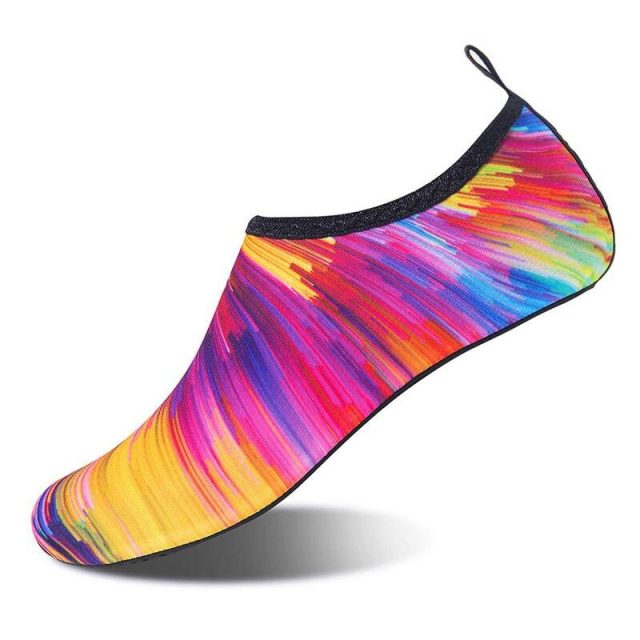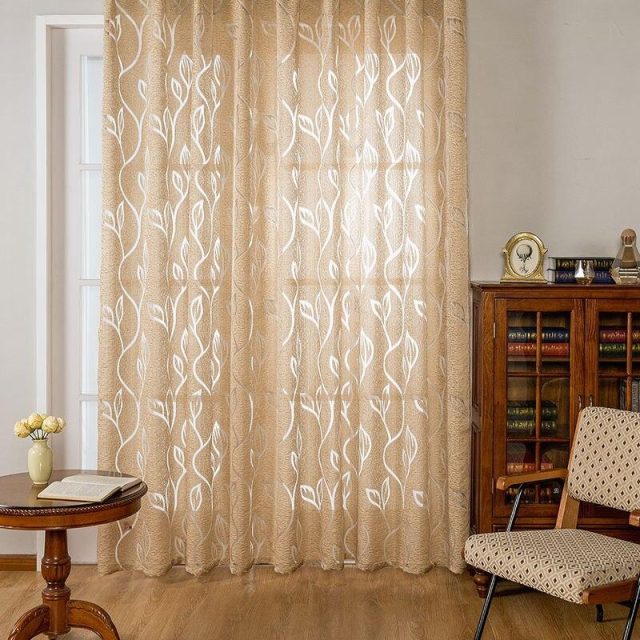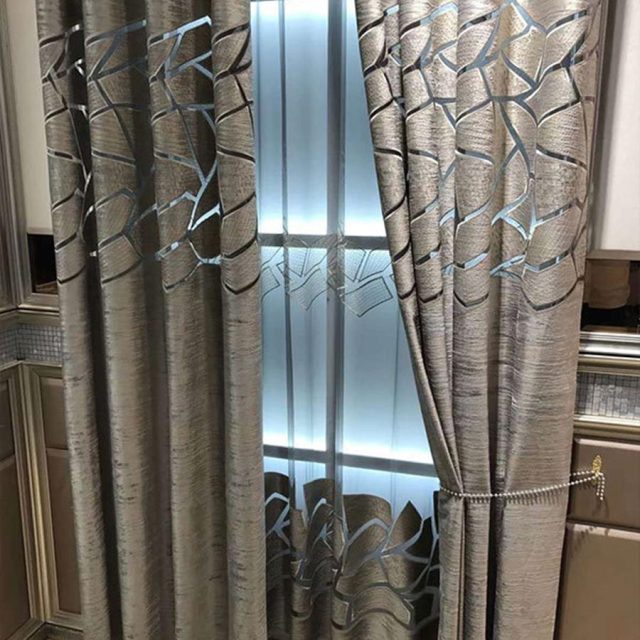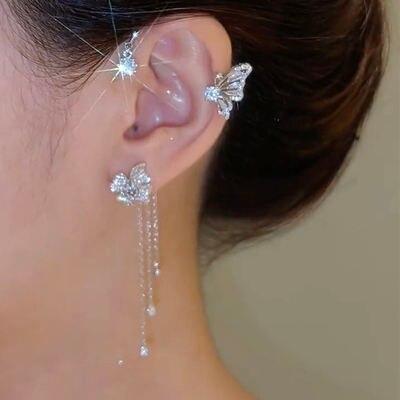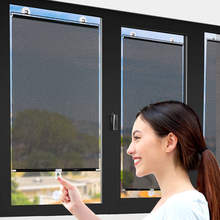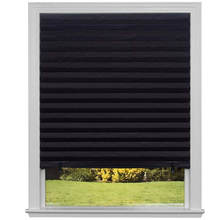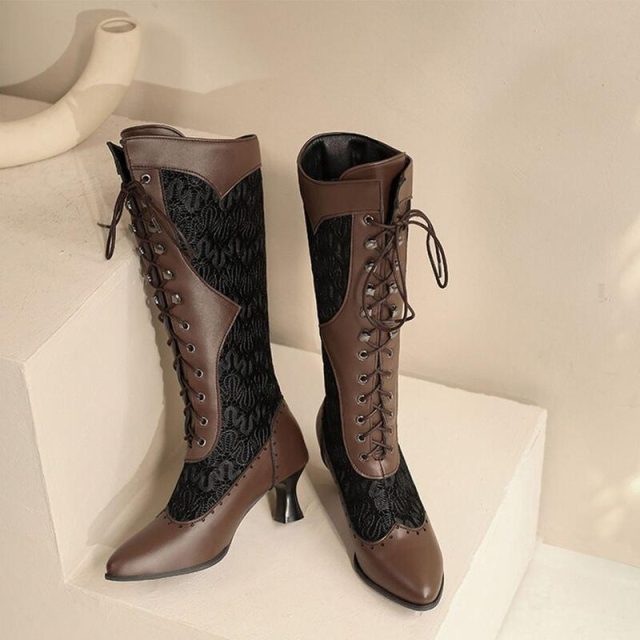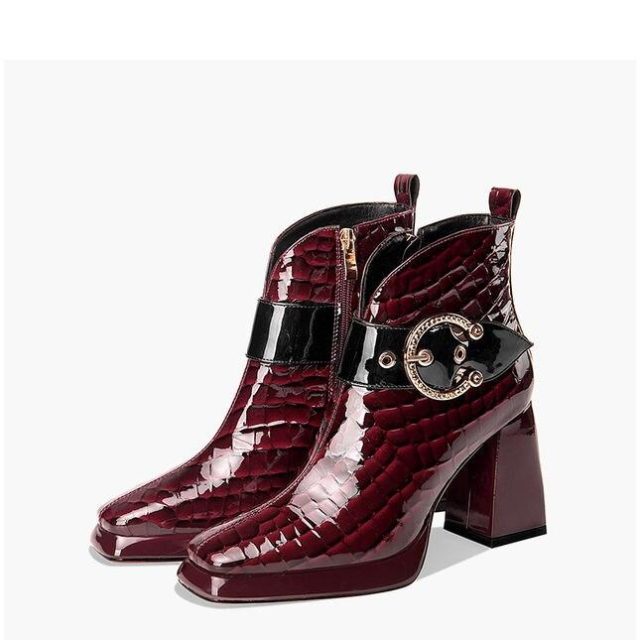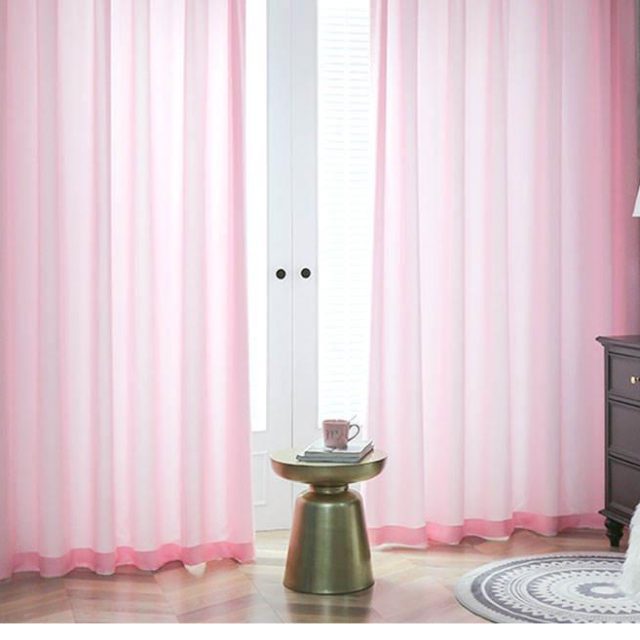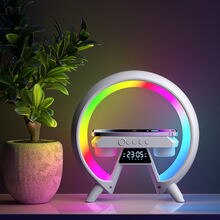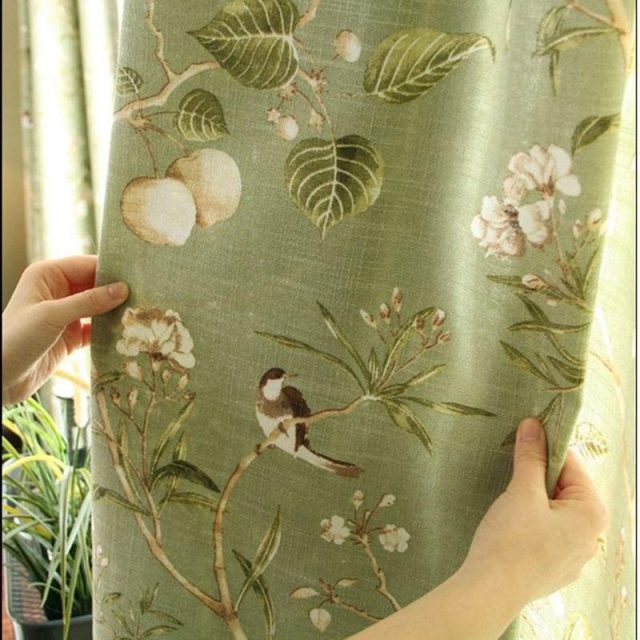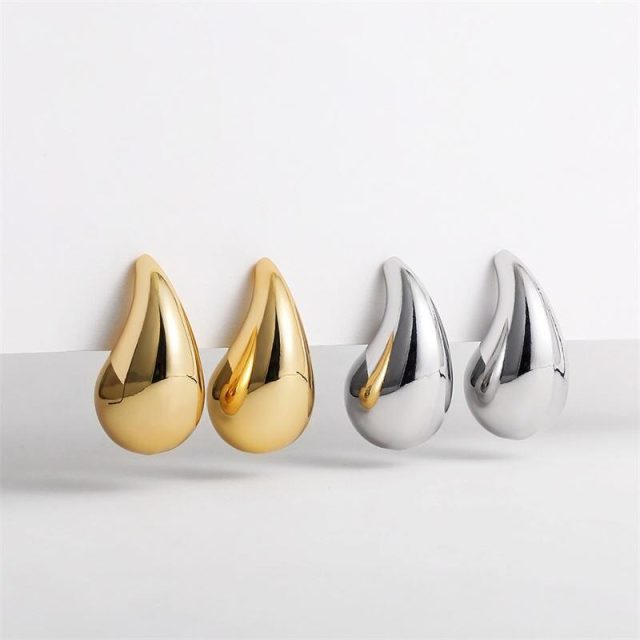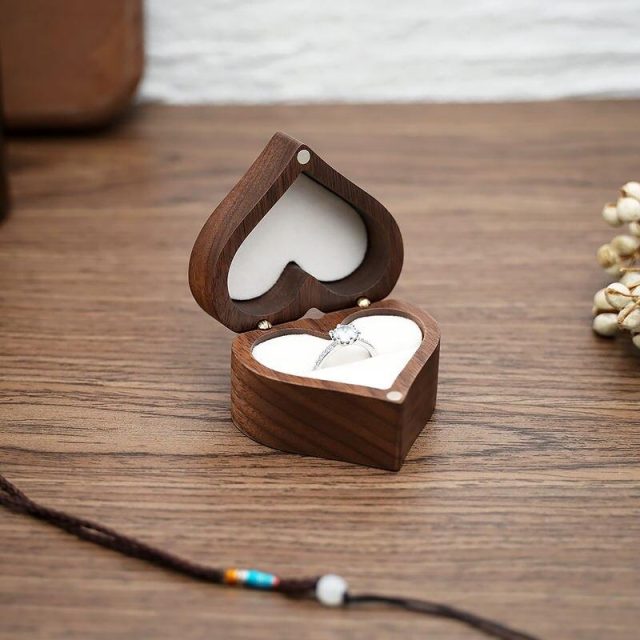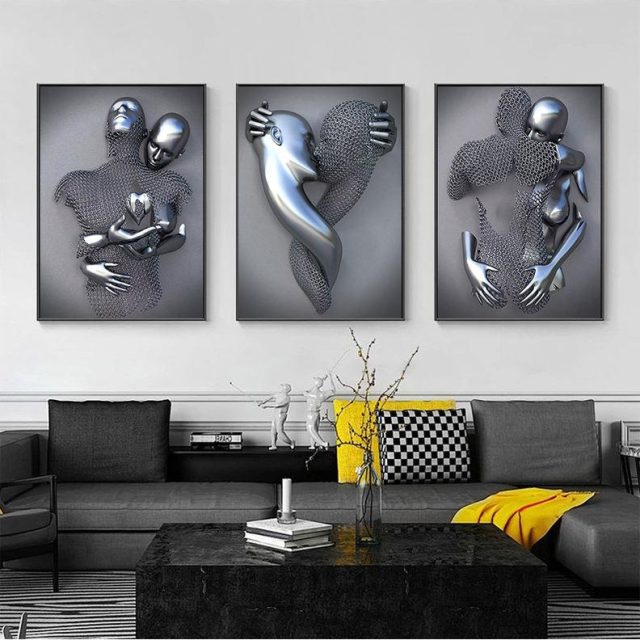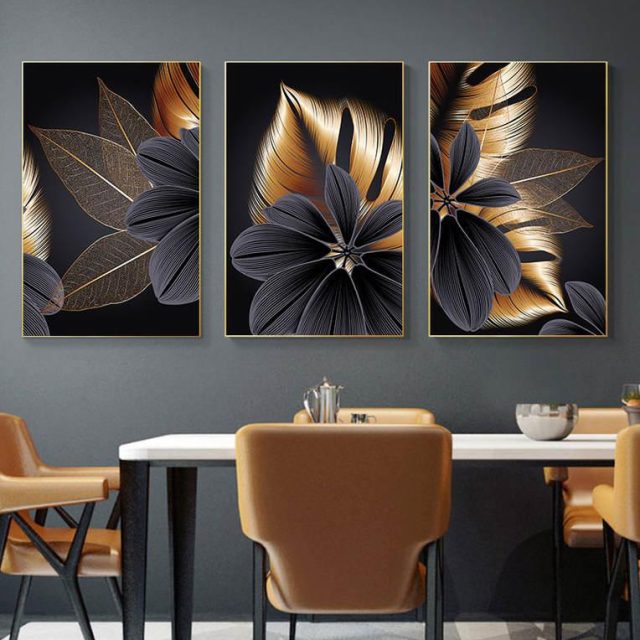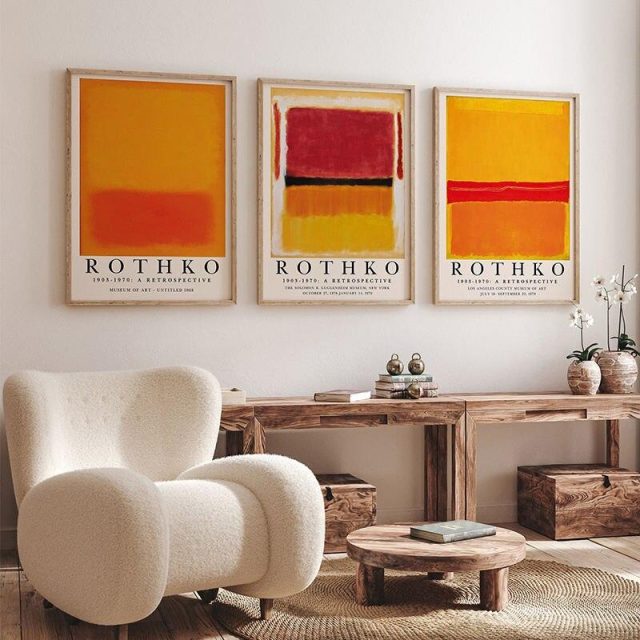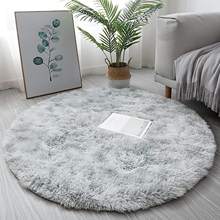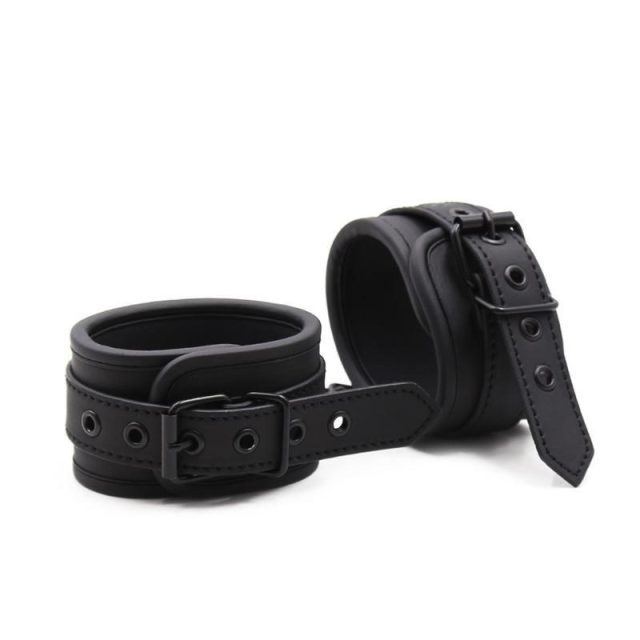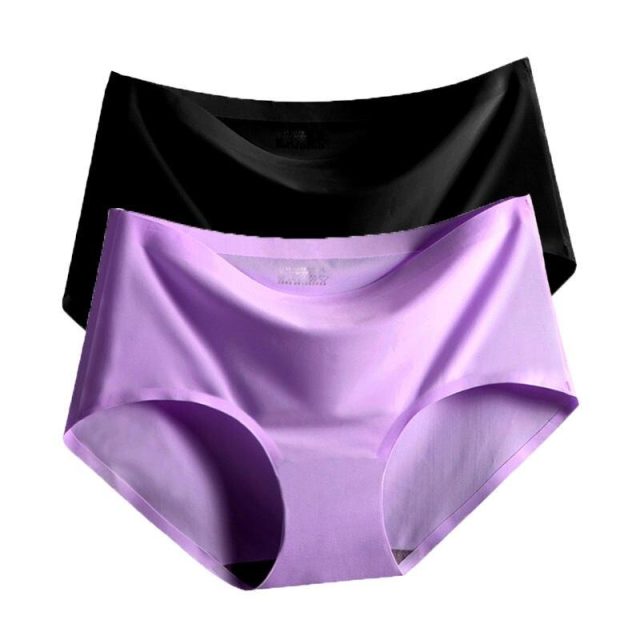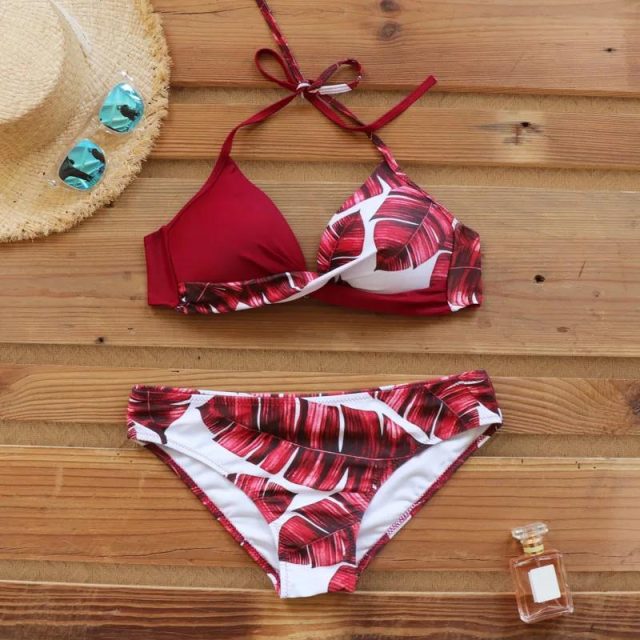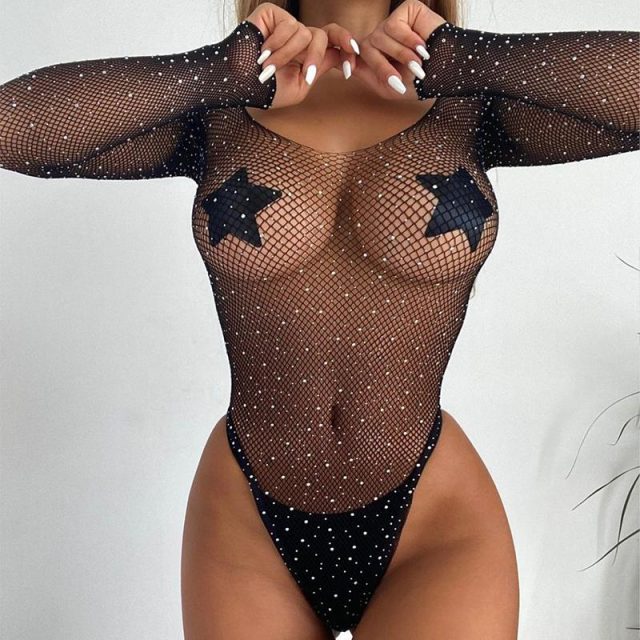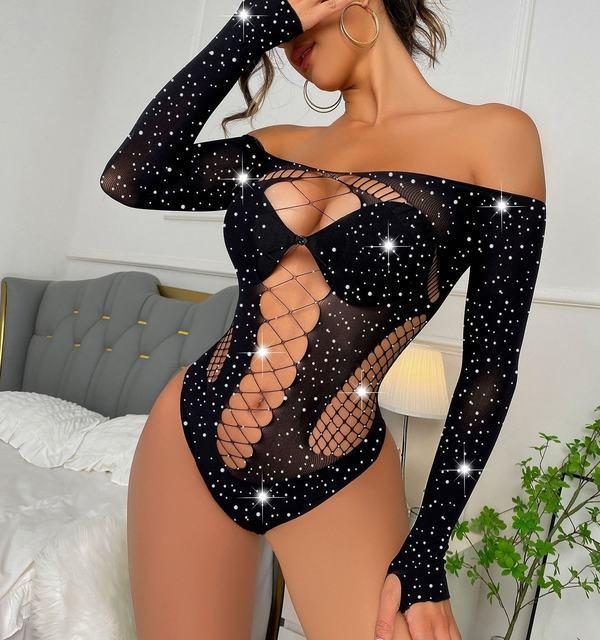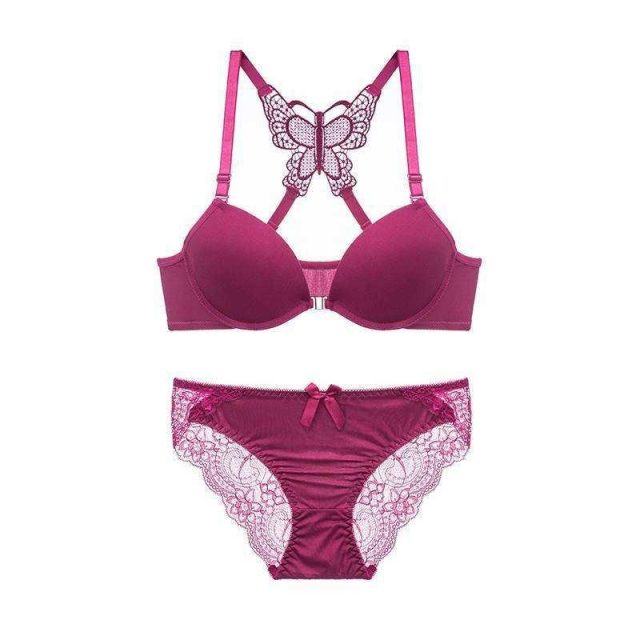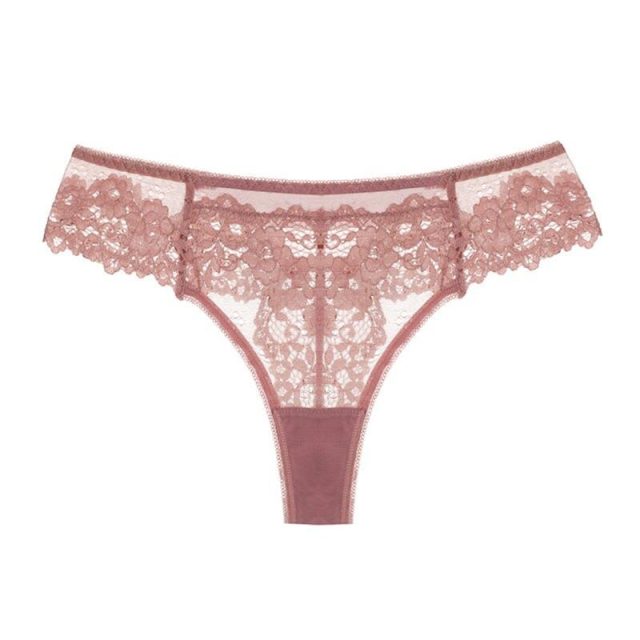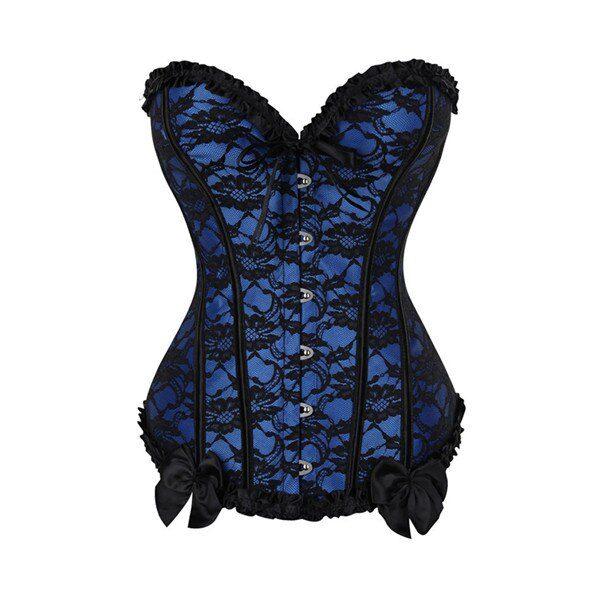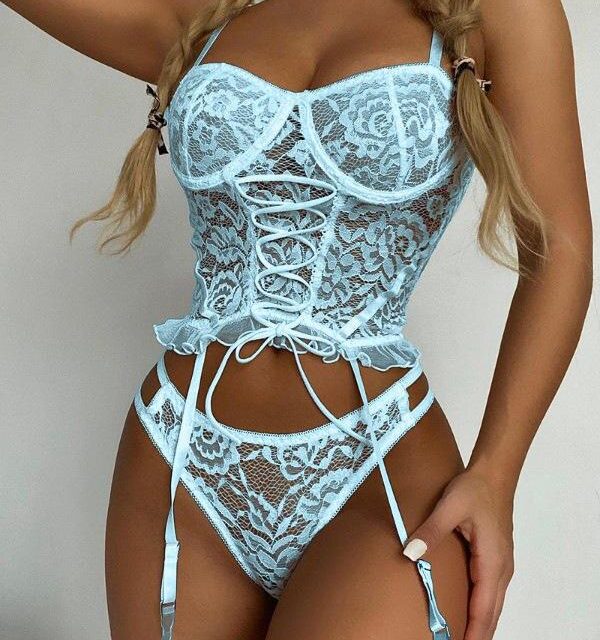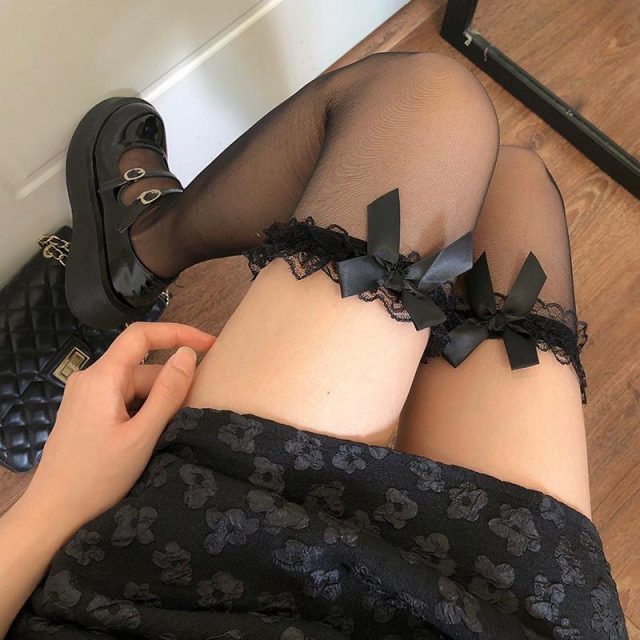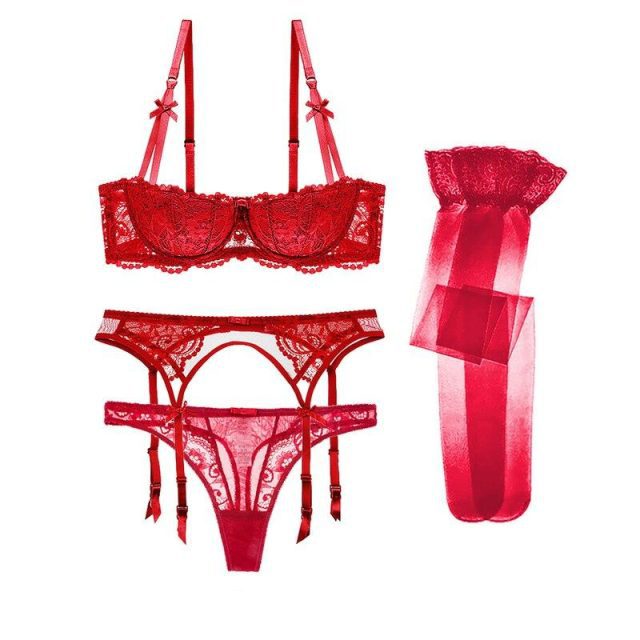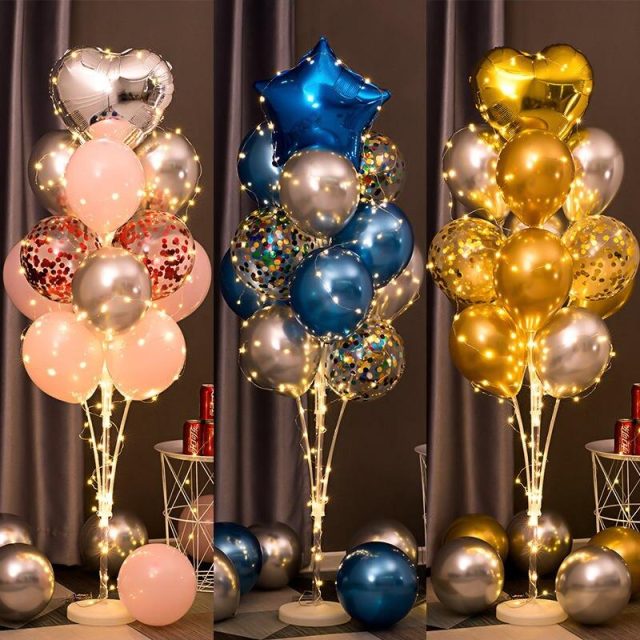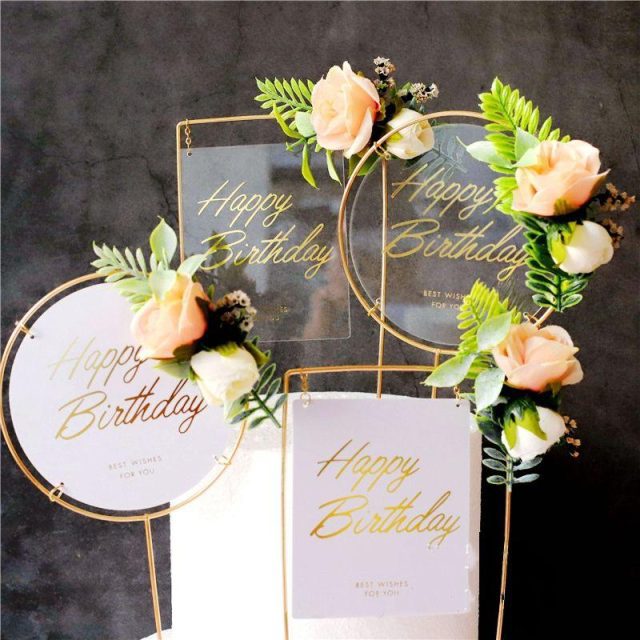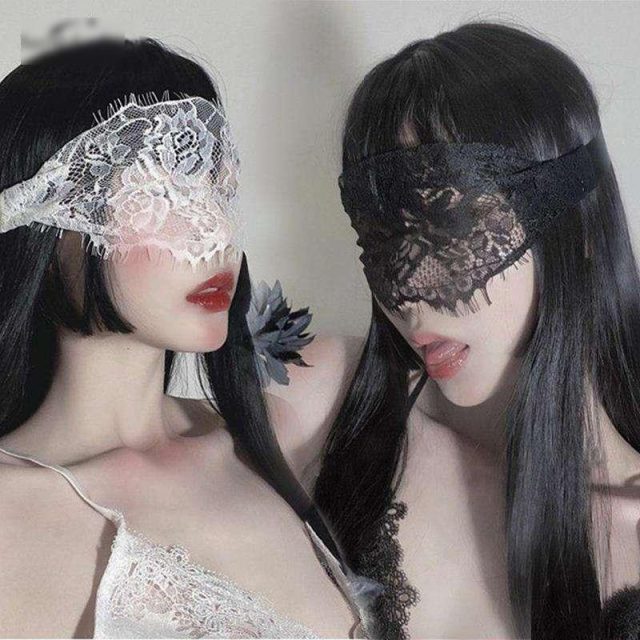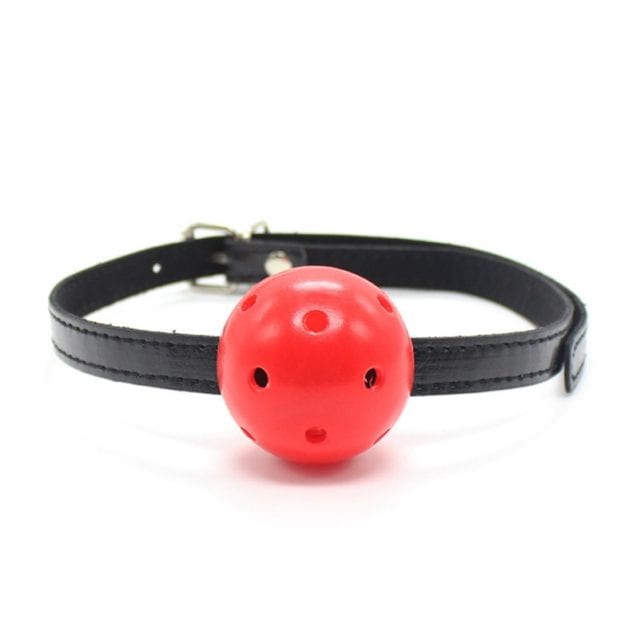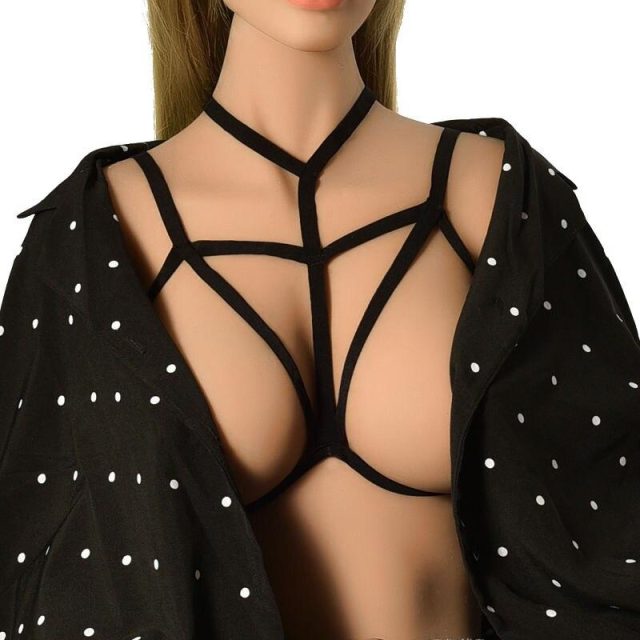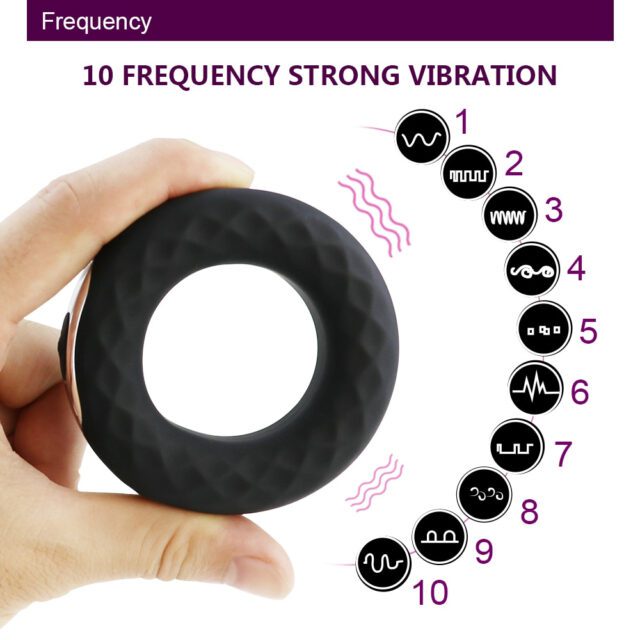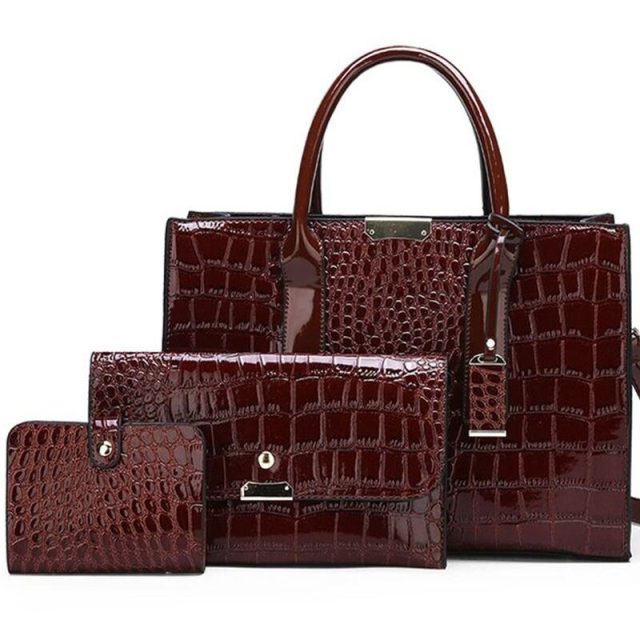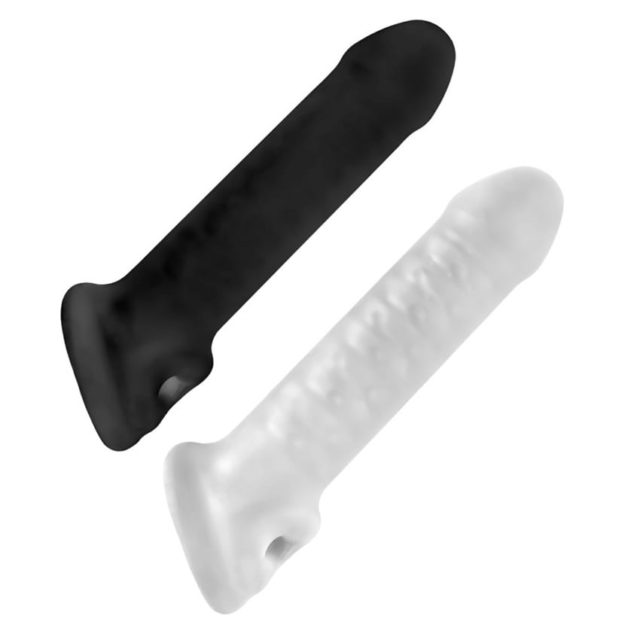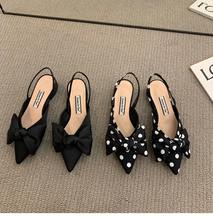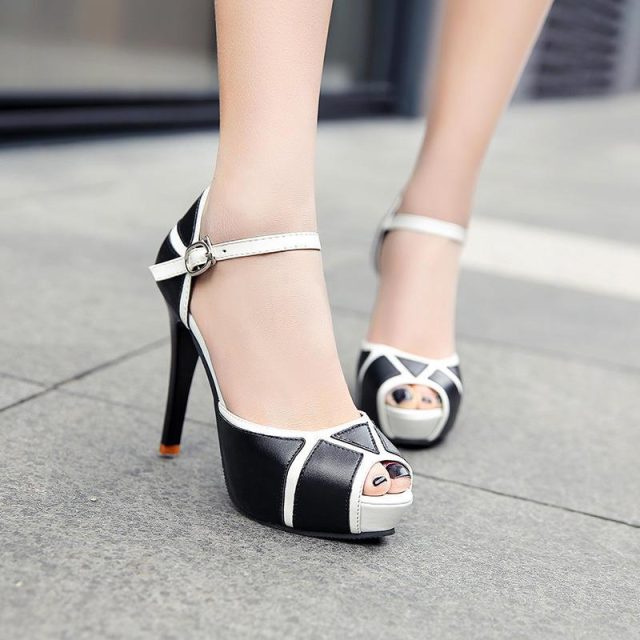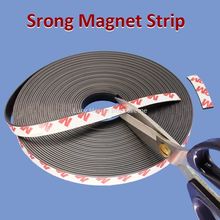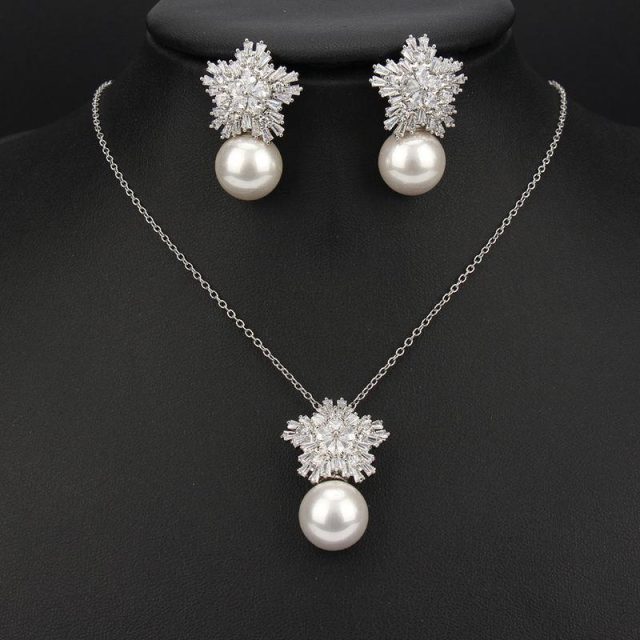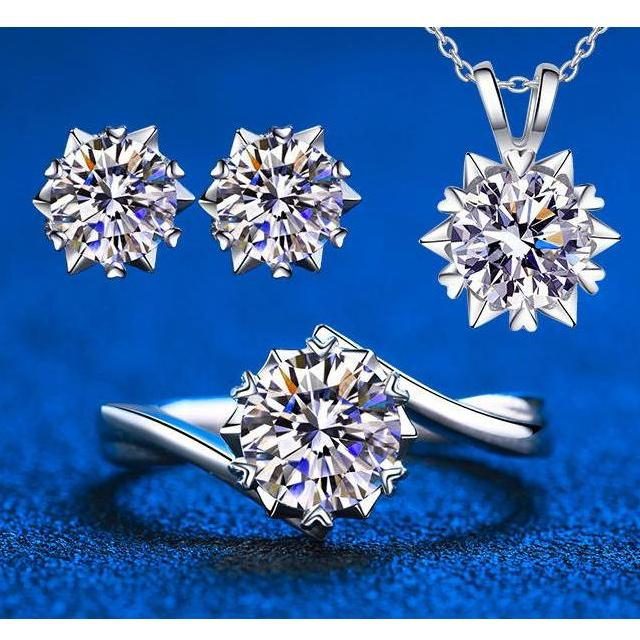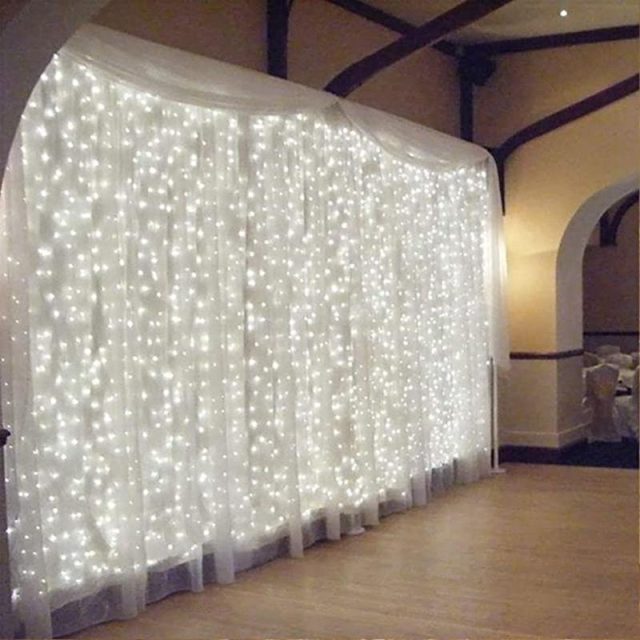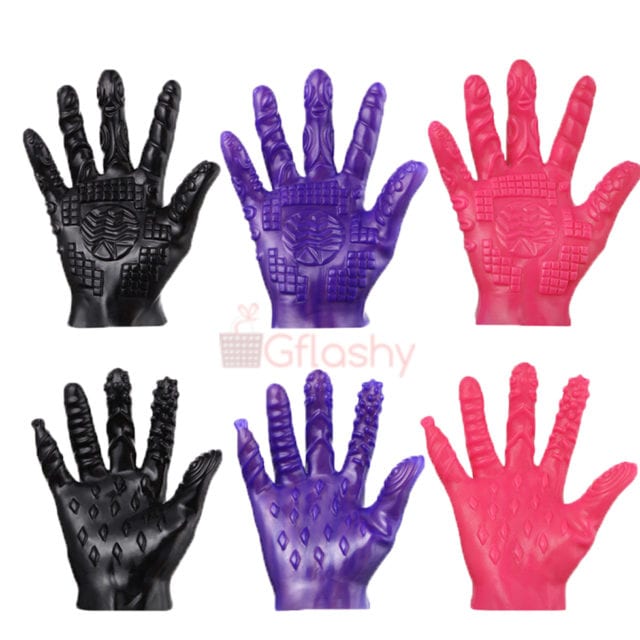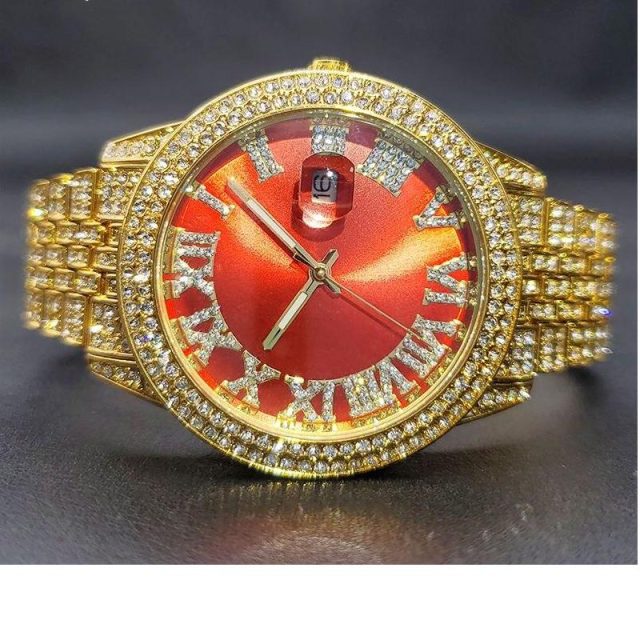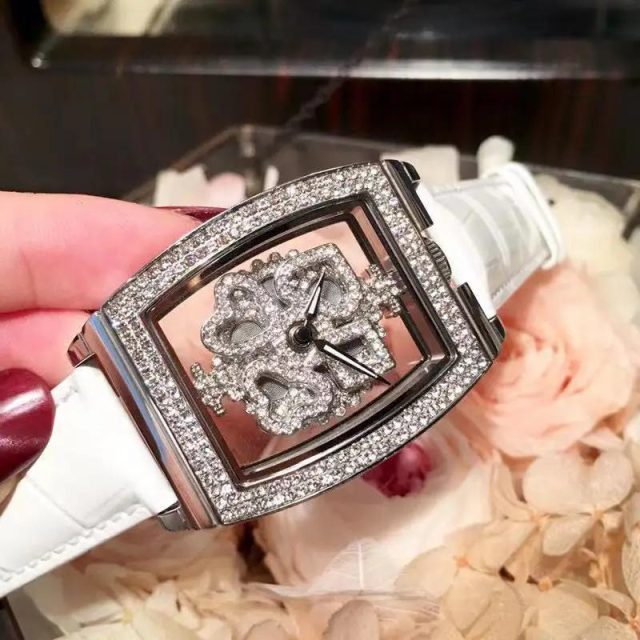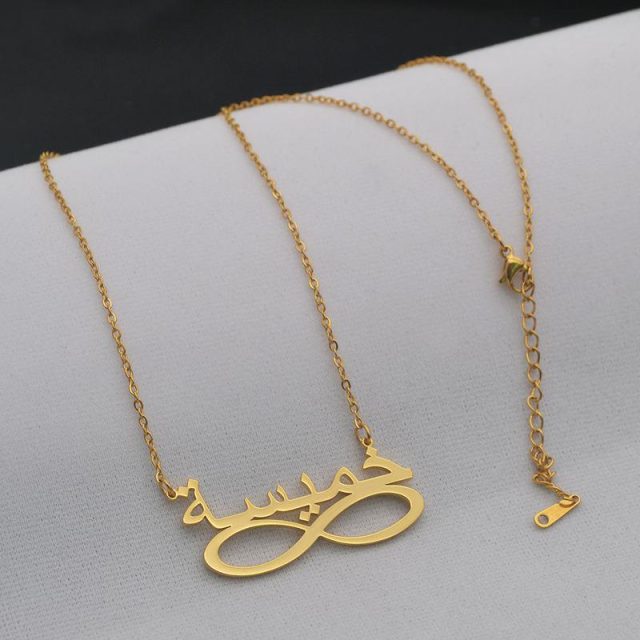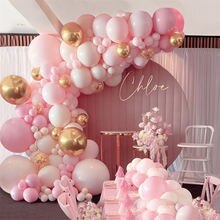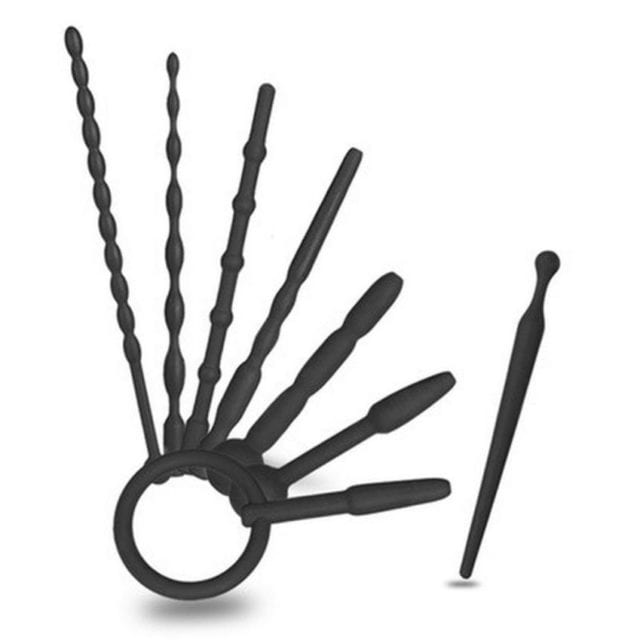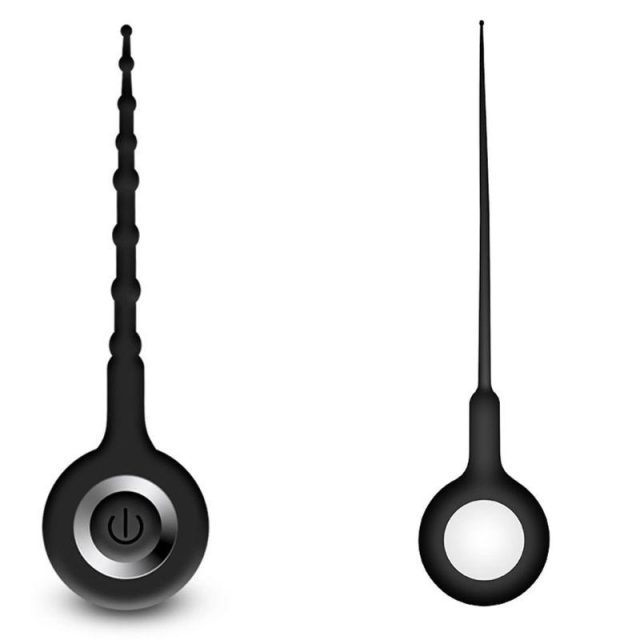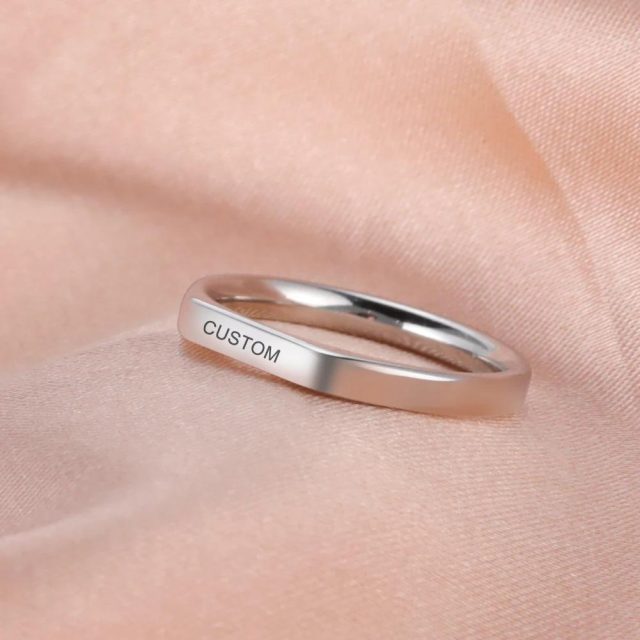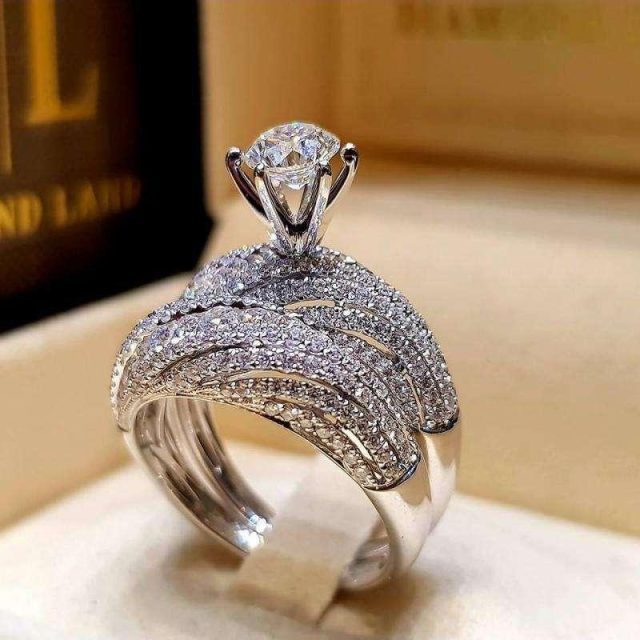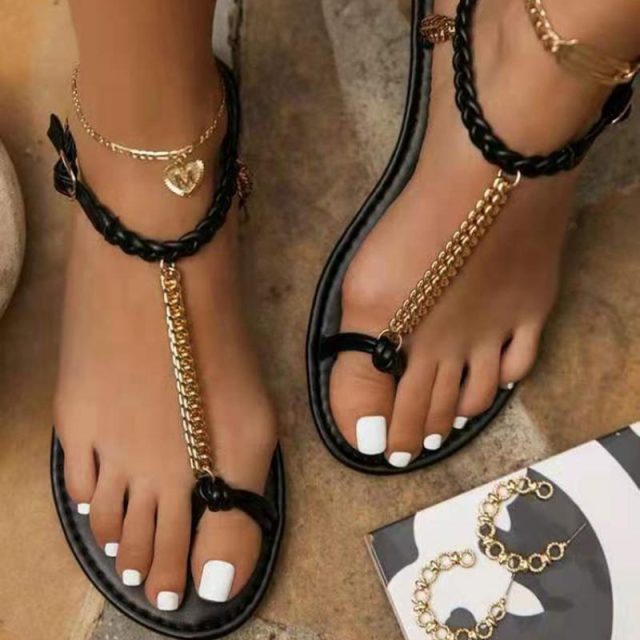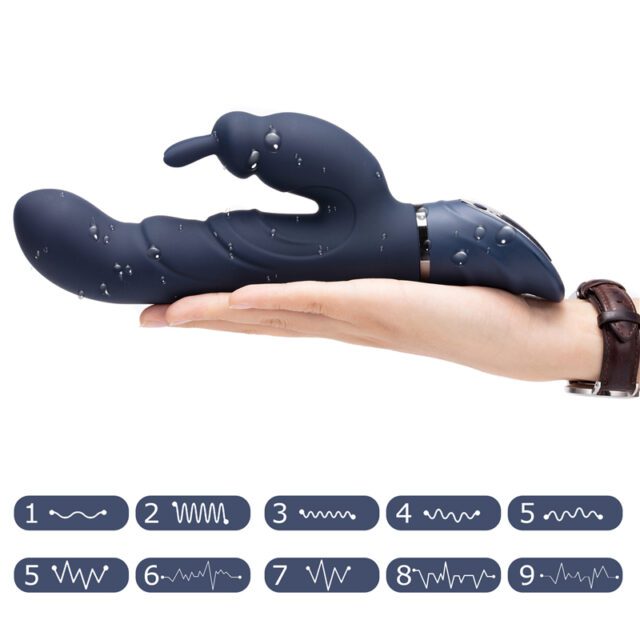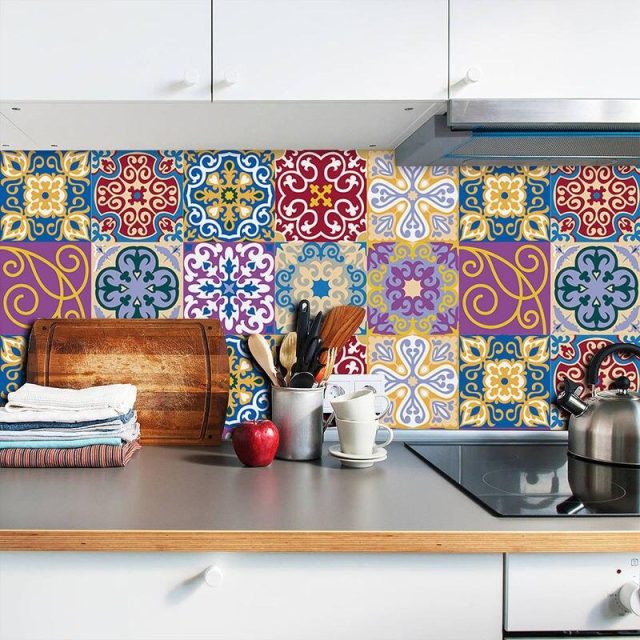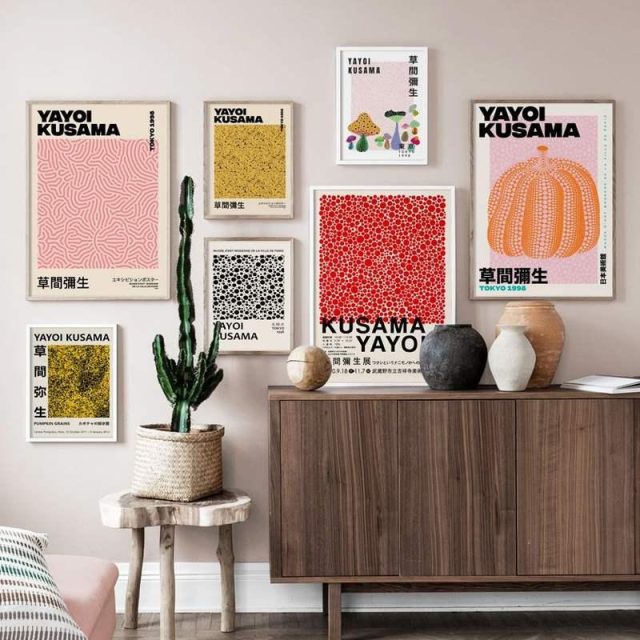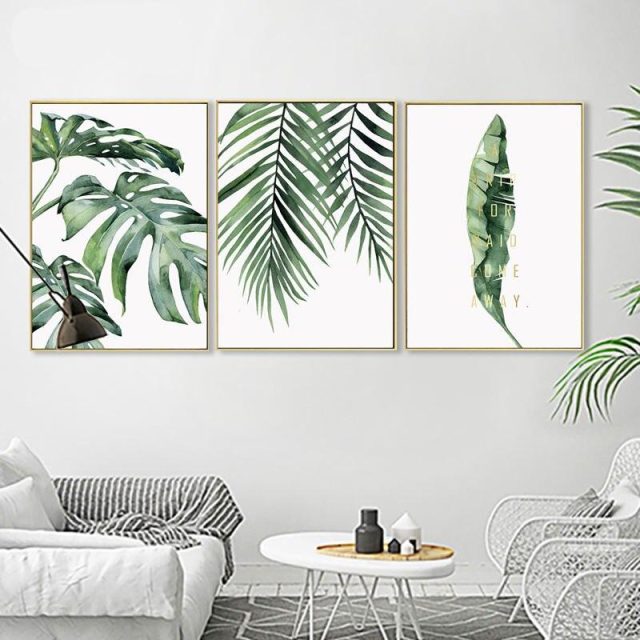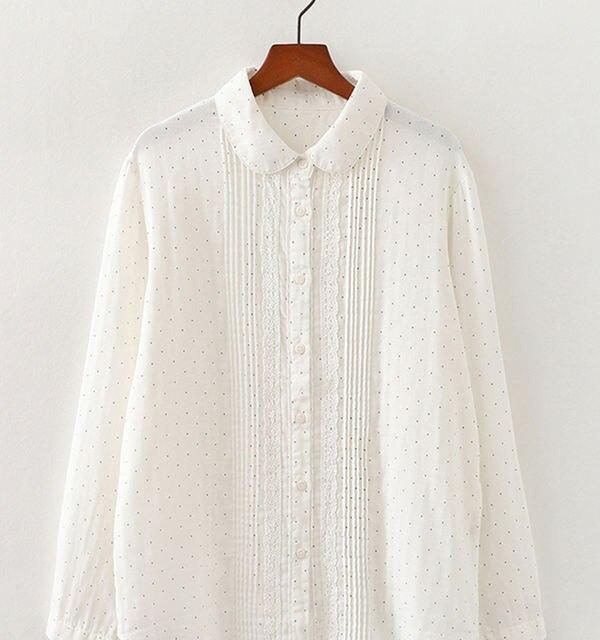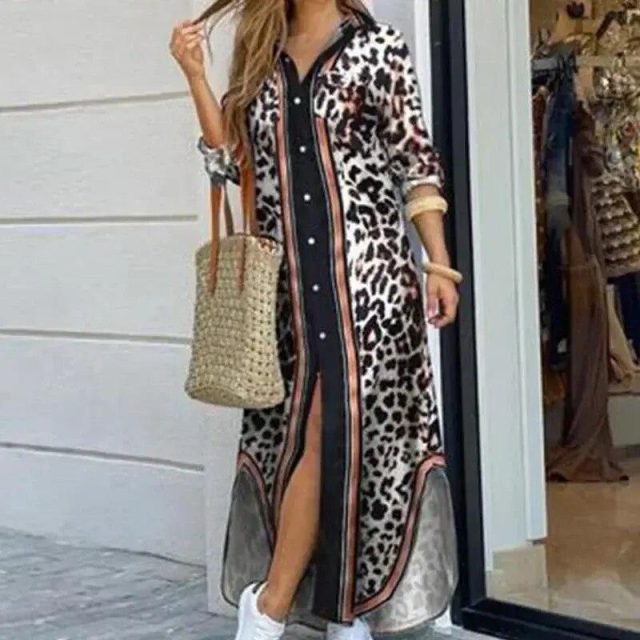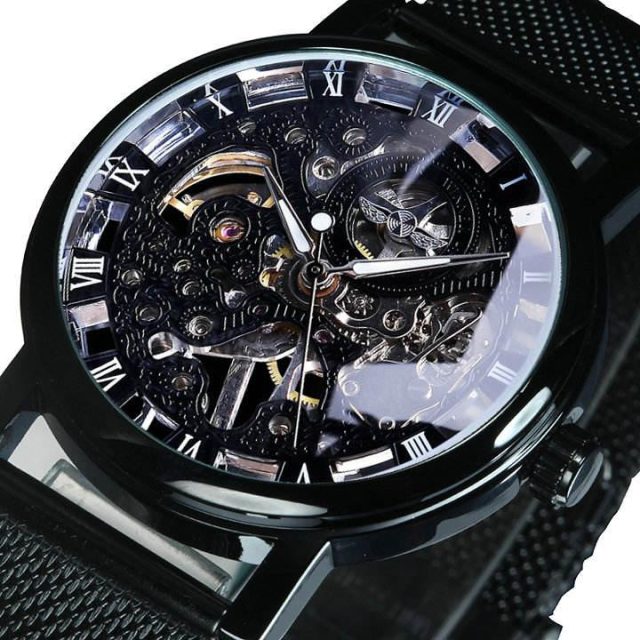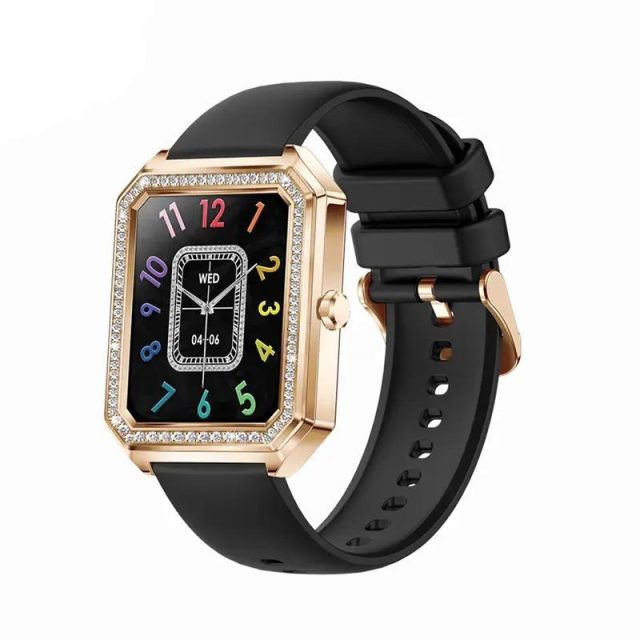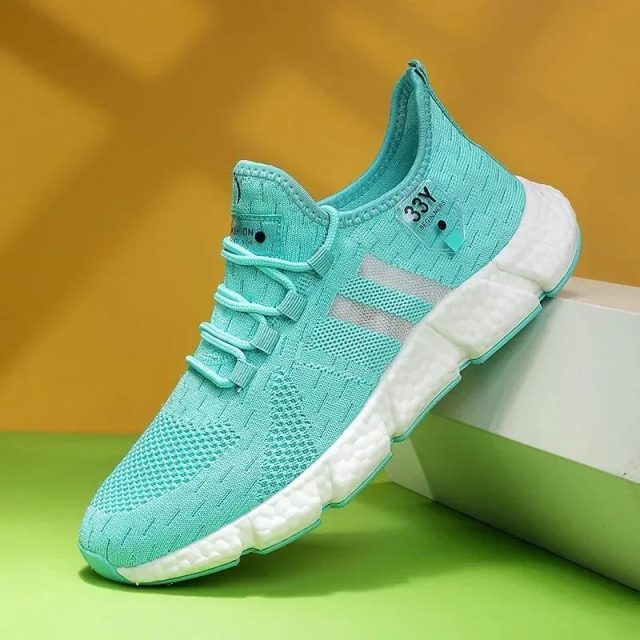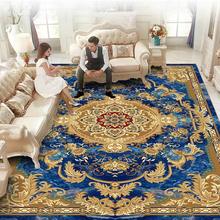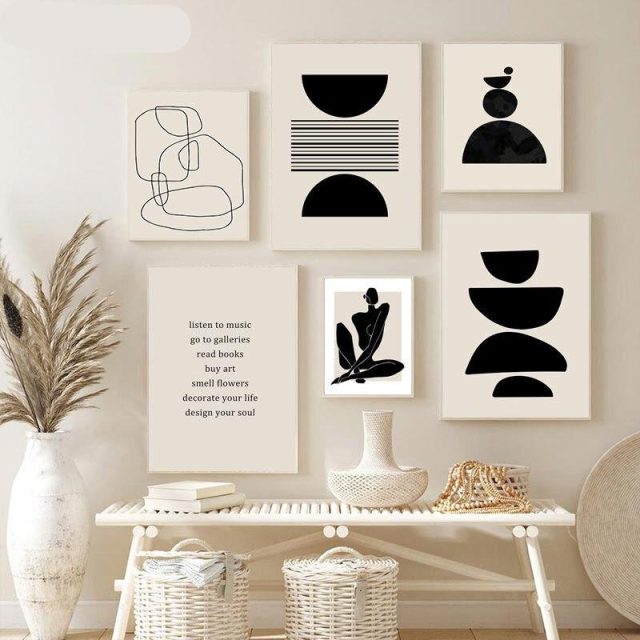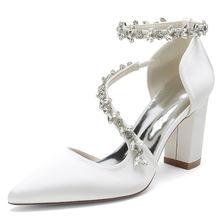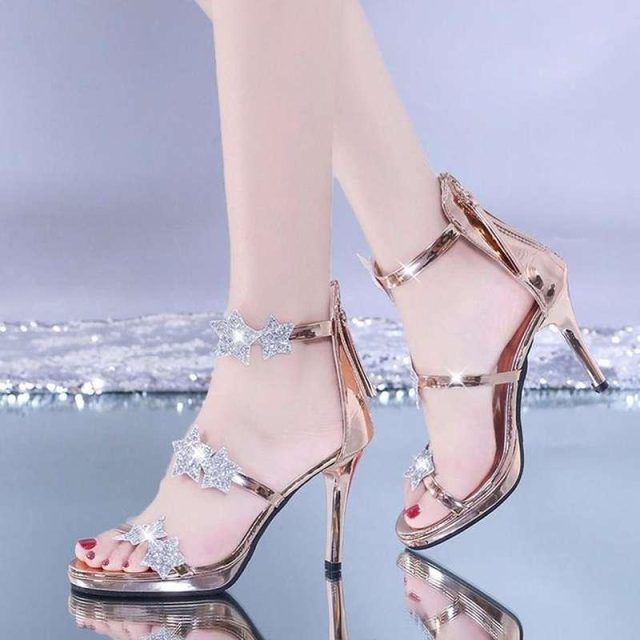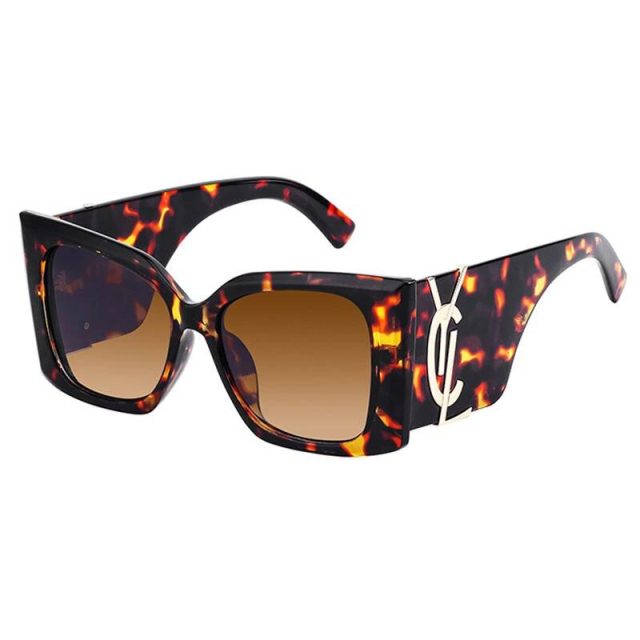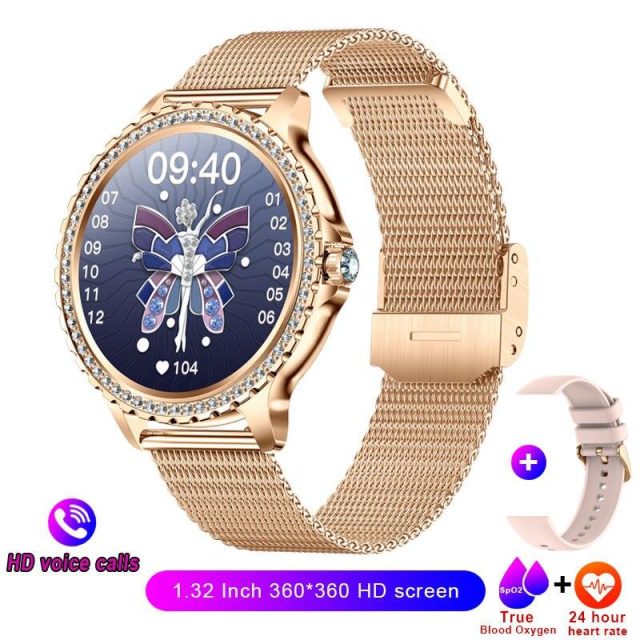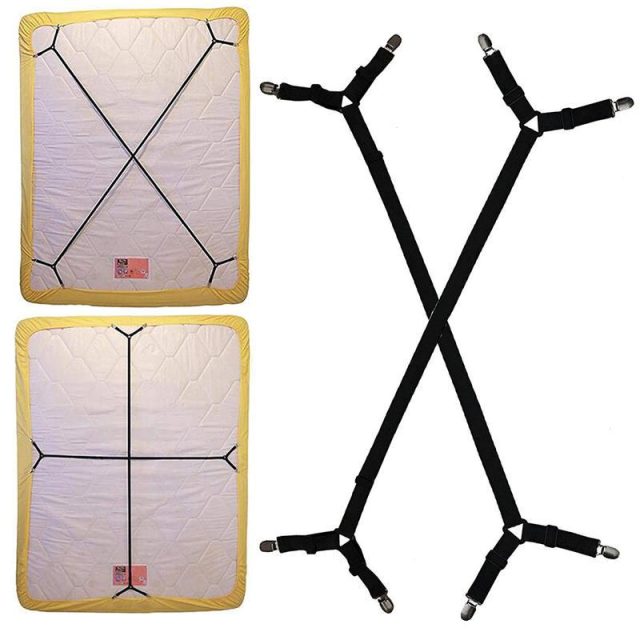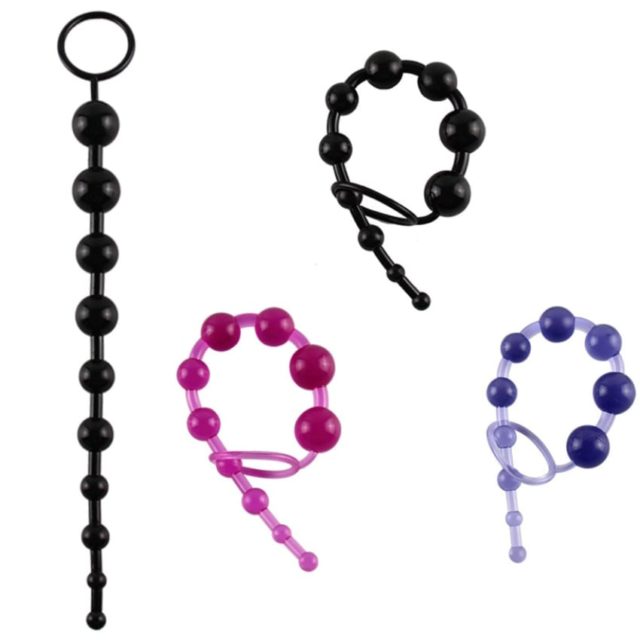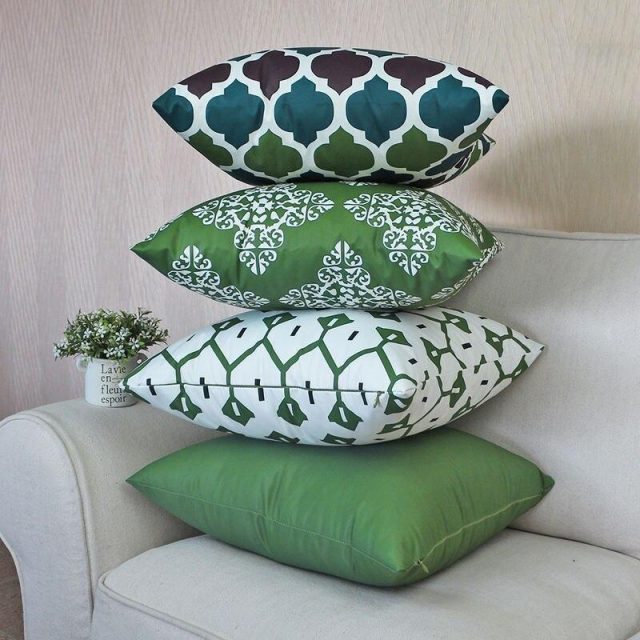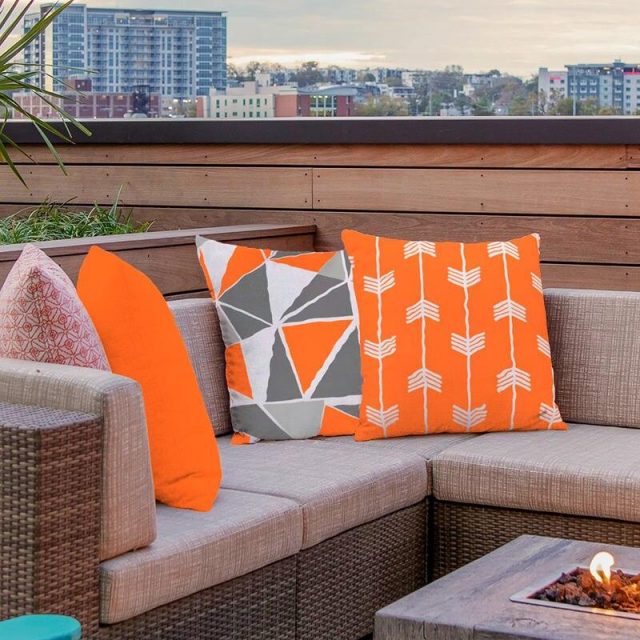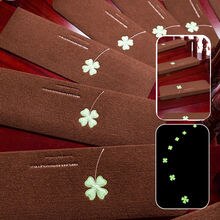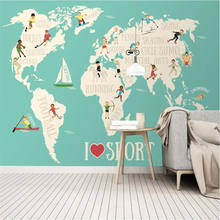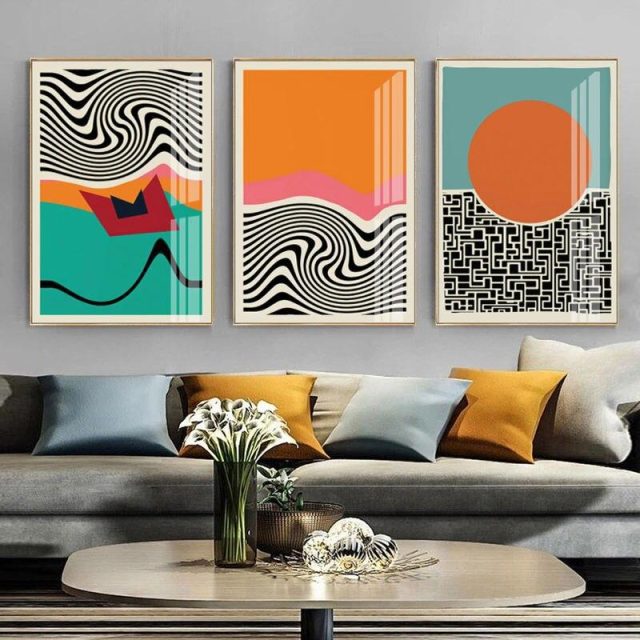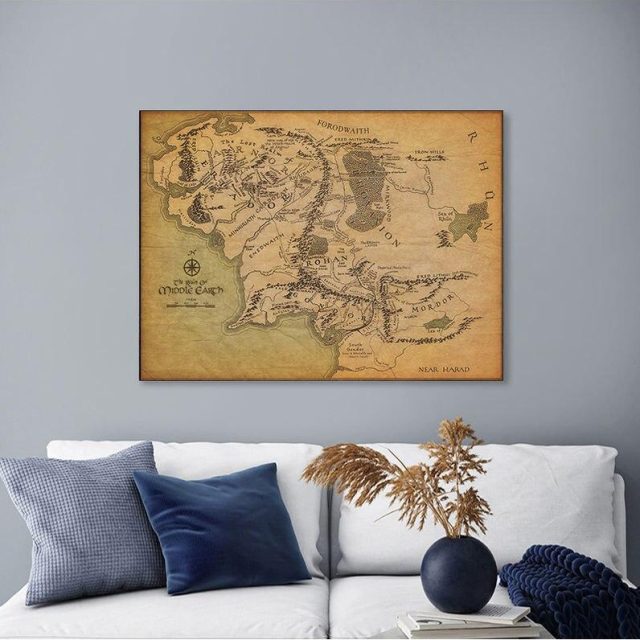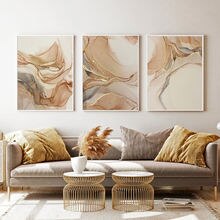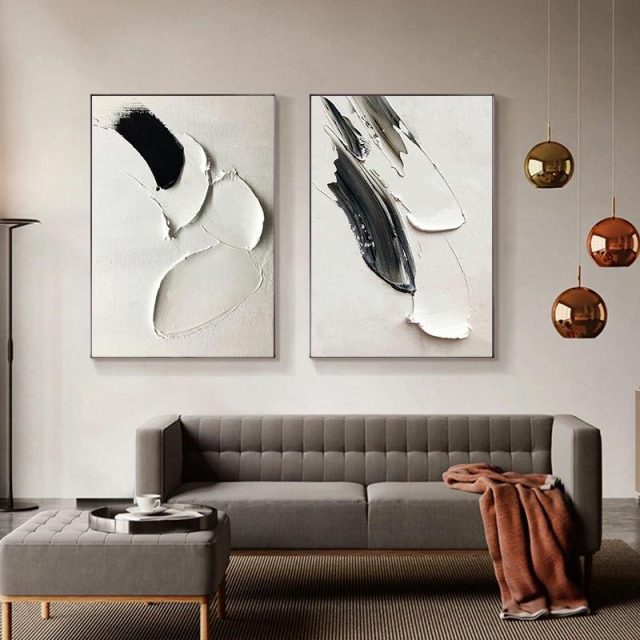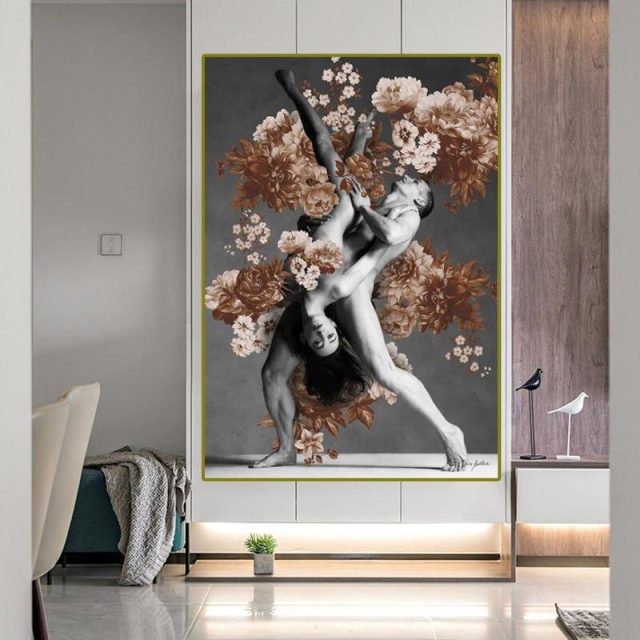Modern Anime Art | Volleyball Boy Posters | Abstract Art | Wall Art Picture | Home Decoration
Features:
Description:
2. Due to different lighting effects between computer monitors, cell phone, the color of objects will be a little different from show pictures in Our store.
3.1 inches = 2.54 cm

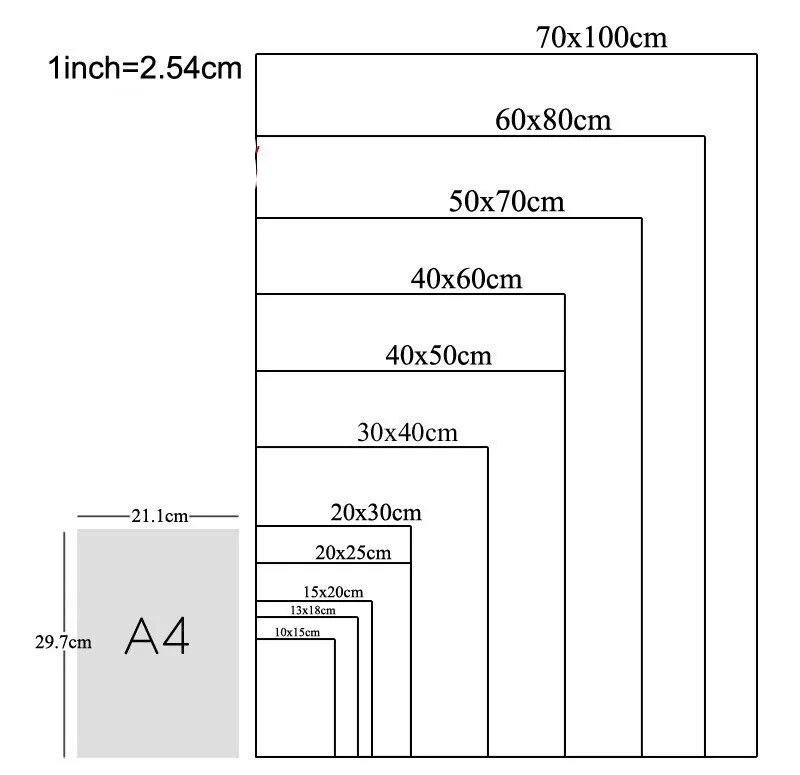
About Material:
High-Quality Cotton Canvas
Environmental Friendly Giclee Ink
The vivid colors will not fade, waterproof

Modern Anime Art: A Fusion of Tradition and Innovation:
Anime, a distinctive style of animation that originated in Japan, has evolved over the decades to become a global phenomenon. In recent years, modern anime art has undergone significant transformations, blending traditional elements with innovative techniques and technologies. This fusion has led to the creation of captivating and diverse visual narratives that resonate with audiences worldwide.
Anime, short for “animation” in Japanese, is characterized by its vibrant characters, intricate backgrounds, and a wide range of artistic styles. It dates back to the early 20th century but gained prominence in the post-World War II era, with Osamu Tezuka, often referred to as the “God of Manga,” contributing significantly to its development. Since then, anime has grown into a multifaceted art form, with its modern incarnation taking center stage.
One of the most noticeable aspects of modern anime art is its emphasis on diverse character designs. While traditional anime often featured characters with exaggerated facial features and simple designs, contemporary anime explores a broader spectrum of styles.
From the delicate and detailed character illustrations in “Your Name” to the quirky and avant-garde designs in “One Punch Man,” today’s anime offers something for everyone. This diversity allows artists to experiment with various aesthetics, making anime more inclusive and appealing to a global audience.
Advancements in digital technology have played a pivotal role in shaping modern anime art. Artists now use computer-aided design software, 3D modeling, and other digital tools to enhance their creations.
This digital revolution has made it possible to produce stunning visuals, intricate special effects, and dynamic action sequences. “Demon Slayer: Kimetsu no Yaiba,” for instance, showcases breathtaking digital animation that elevates the viewing experience, while “Attack on Titan” combines traditional hand-drawn art with cutting-edge computer graphics to bring its colossal Titans to life.
In addition to technology, the evolution of storytelling in anime has greatly influenced its art. Many contemporary anime series explore complex and mature themes, which are reflected in the art. “Neon Genesis Evangelion” delves into psychological and existential questions, visually portraying the characters’ emotional struggles through abstract and surreal imagery. On the other hand, “My Hero Academia” balances character development with action sequences, emphasizing the visual representation of superpowers and intense battles.
Another notable aspect of modern anime art is the fusion of cultures. Anime has always been influenced by global artistic traditions, but in recent years, this fusion has become more pronounced. For instance, “Cowboy Bebop” blends Western aesthetics with a futuristic space setting, while “Samurai Champloo” merges Edo-era Japan with hip-hop culture. These cross-cultural amalgamations not only create visually striking settings but also demonstrate the universal appeal of anime.
The use of color and lighting in modern anime art has also evolved. Anime often relies on a vibrant color palette to convey emotions and atmosphere. “Made in Abyss,” known for its vivid landscapes, skillfully employs color to create a sense of wonder and danger in its fantastical world.
The juxtaposition of dark and light tones in “Death Note” mirrors the moral complexities of the story’s characters. These creative choices demonstrate the power of color and lighting to enhance storytelling.
Furthermore, contemporary anime excels in world-building. Shows like “One Piece” and “Attack on Titan” meticulously construct intricate universes with distinct cultures, landscapes, and histories. This level of detail enriches the viewing experience, immersing audiences in the stories and making the art an essential part of the narrative.
Character expressions have also become more nuanced and realistic in modern anime art. Subtle facial expressions and body language convey emotions in ways that are relatable and emotionally resonant. This evolution allows viewers to connect more deeply with the characters, making their journeys all the more compelling.
Modern anime art is a dynamic and ever-evolving medium that draws from tradition while embracing innovation. Its diverse character designs, integration of technology, complex storytelling, cross-cultural influences, use of color and lighting, world-building, and nuanced character expressions are just a few examples of its multifaceted evolution.
As anime continues to captivate audiences around the world, it is a testament to the limitless potential of this art form, as it adapts to new technologies and global influences while retaining its unique and timeless appeal. Modern anime art is not just a visual spectacle; it is a reflection of the creative spirit of its artists and a powerful storytelling medium that transcends borders and generations.



